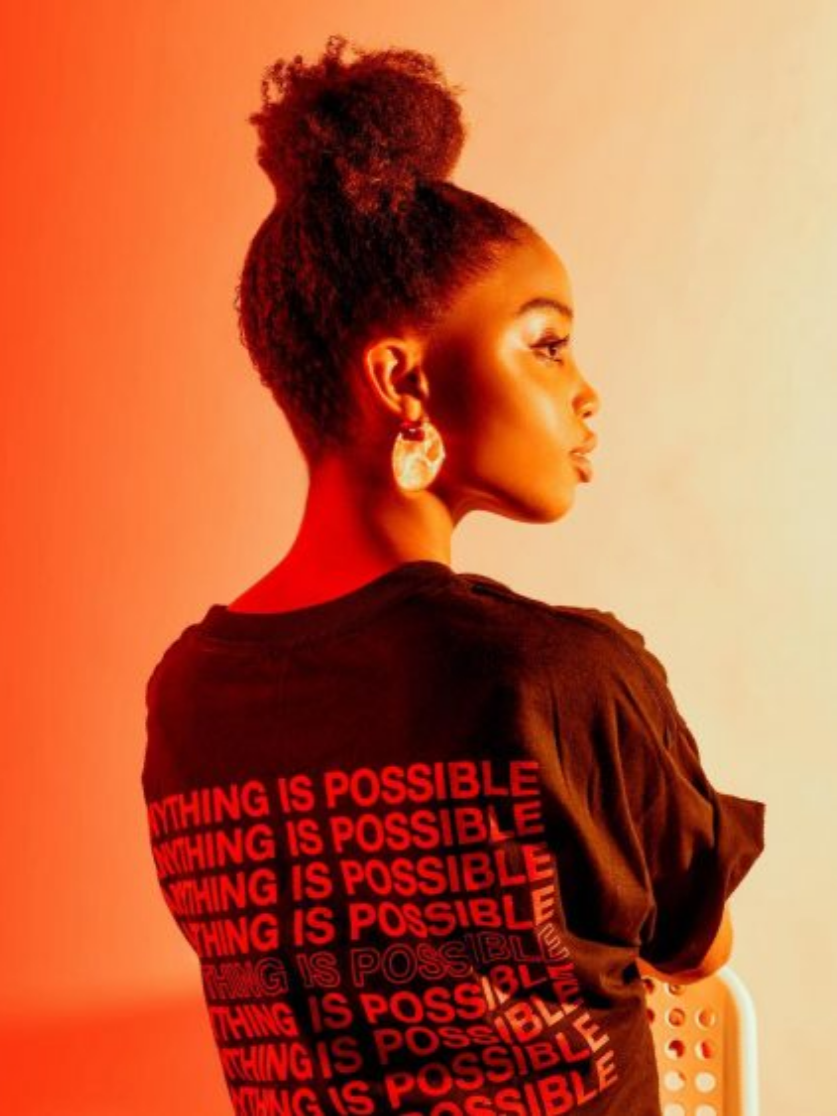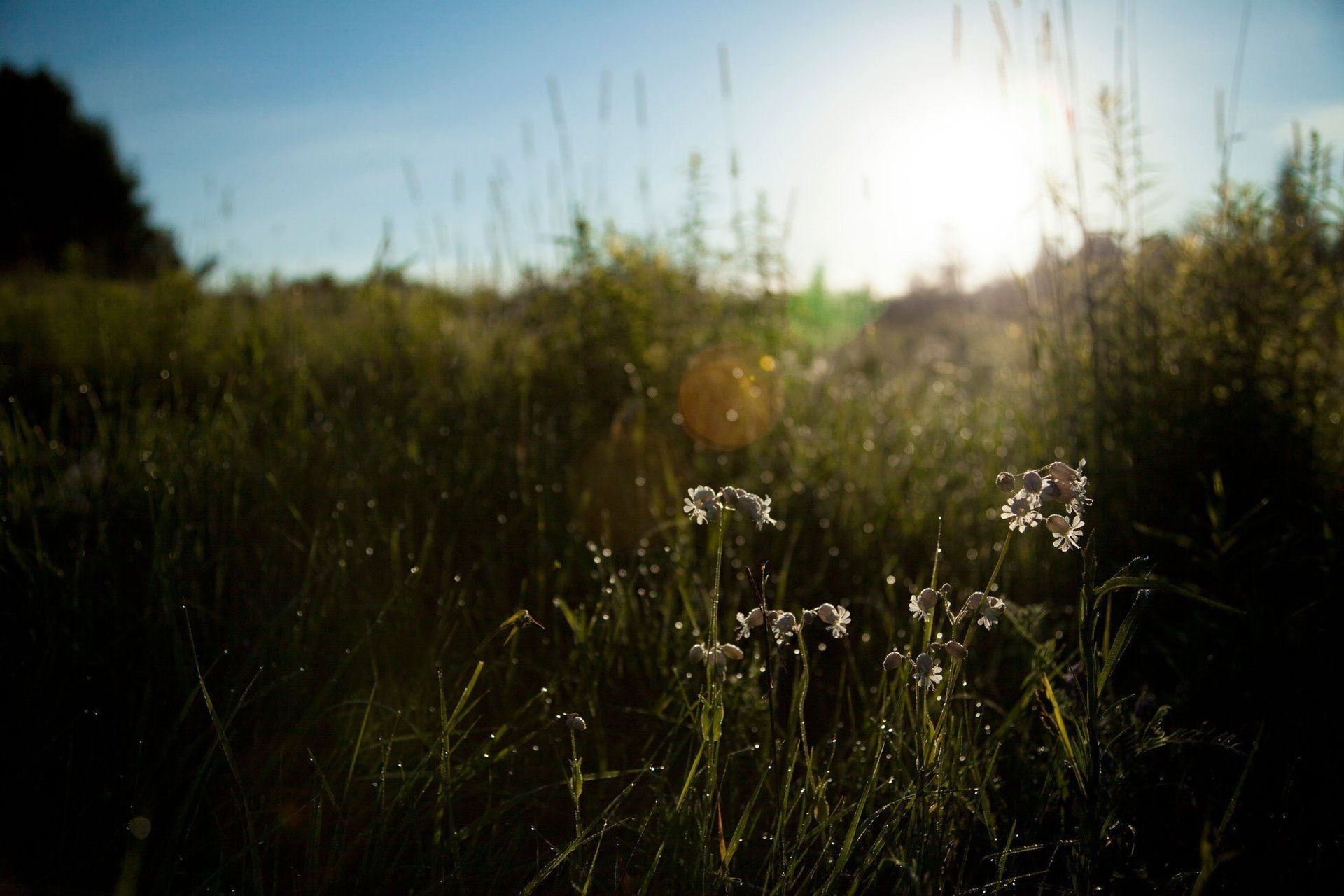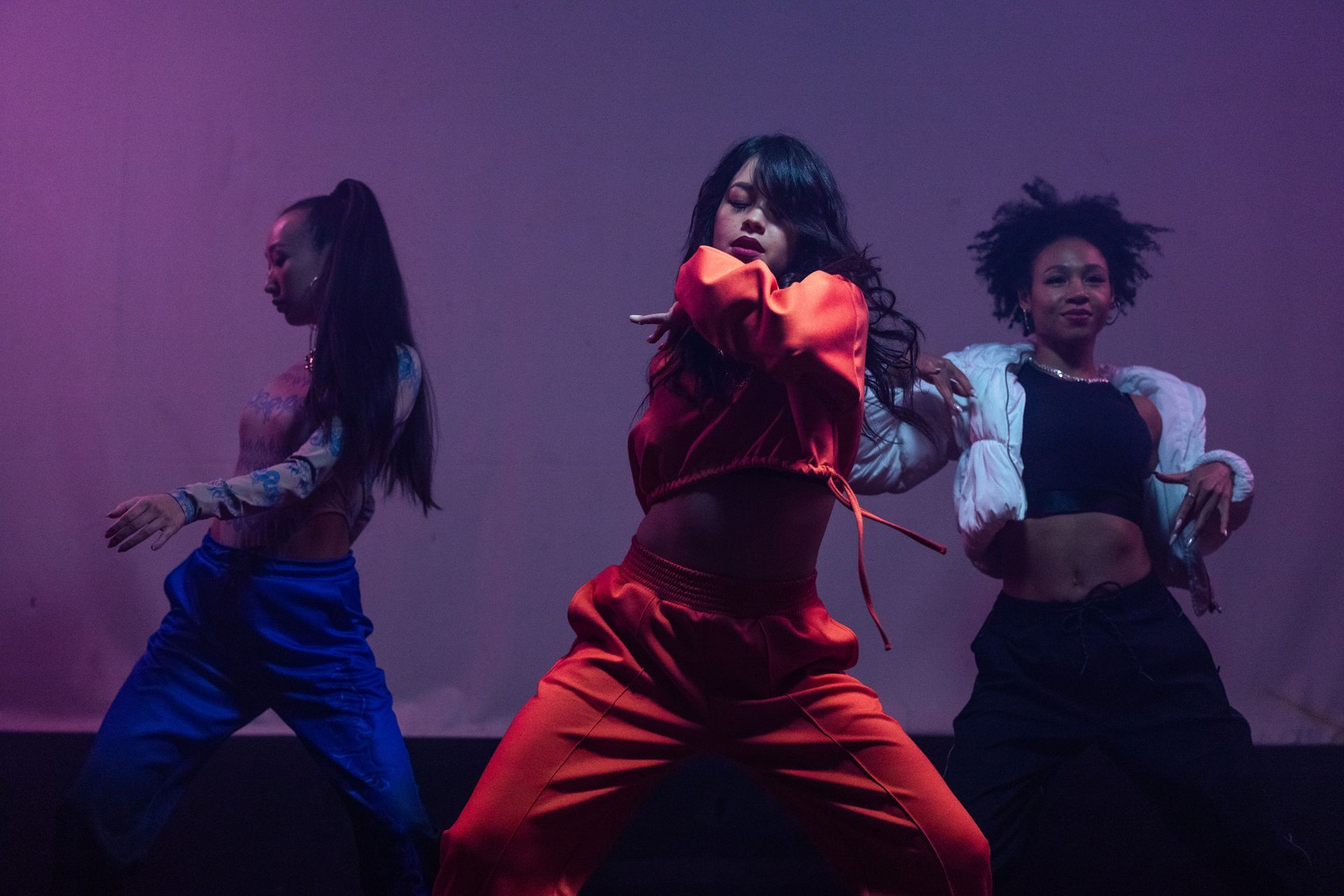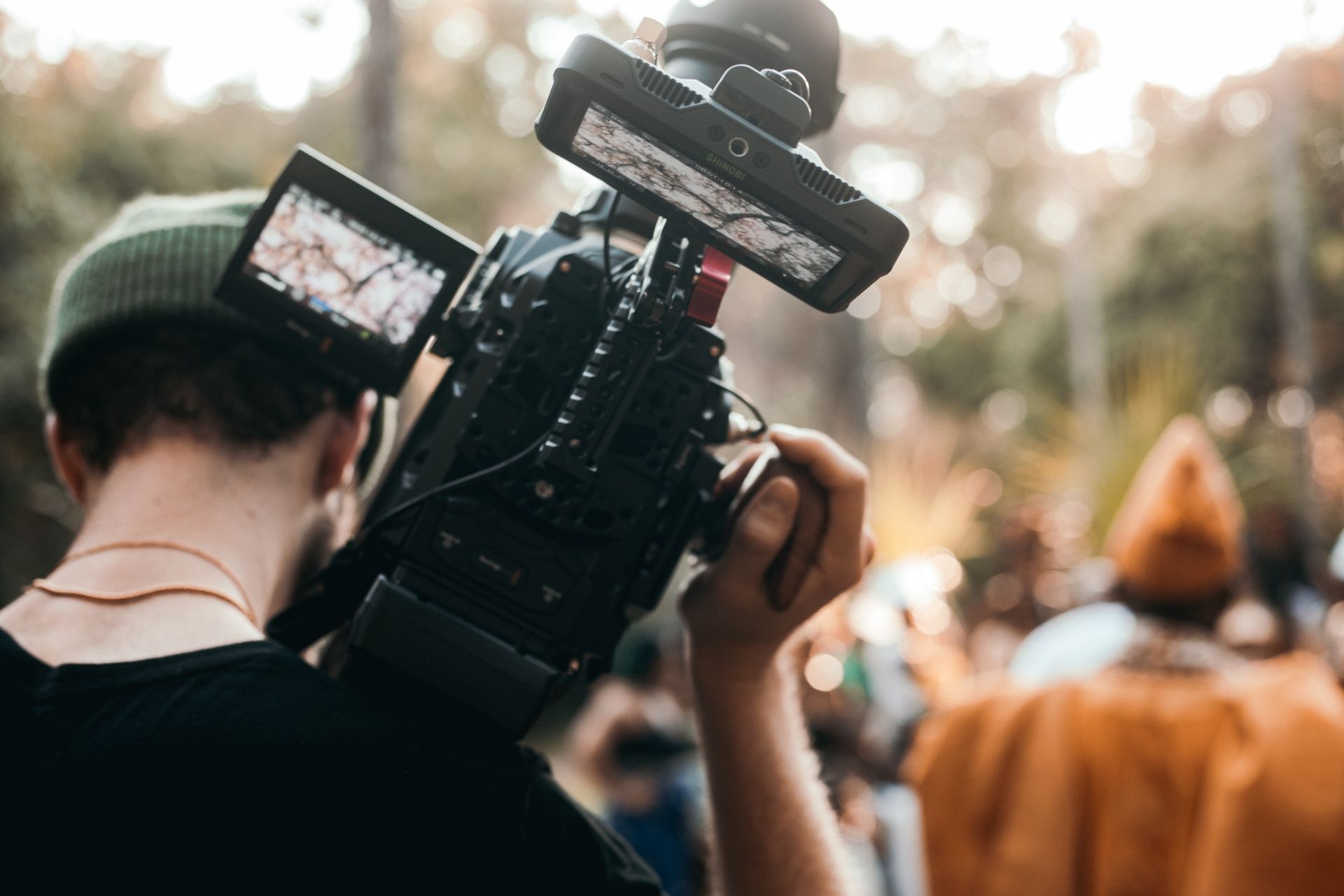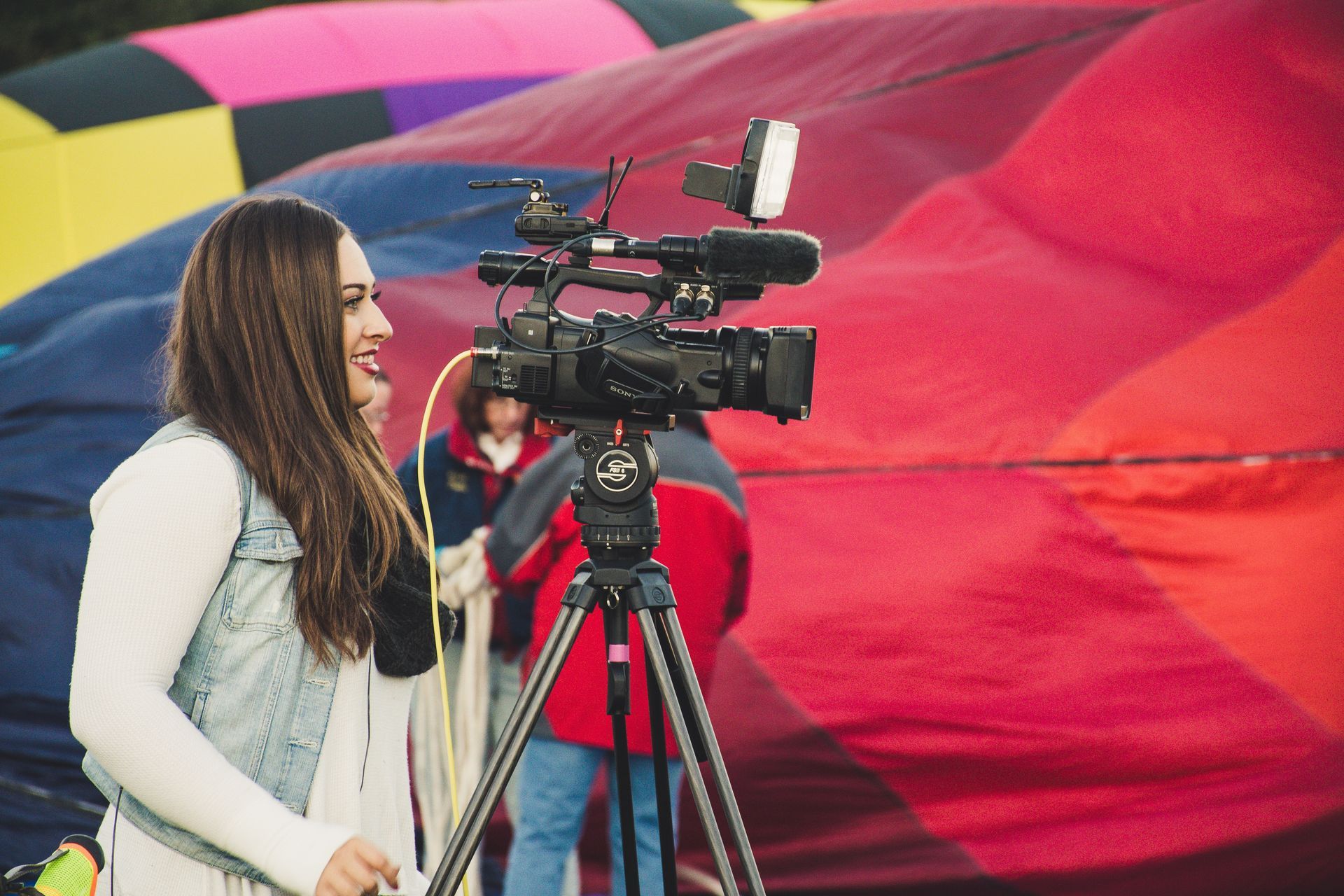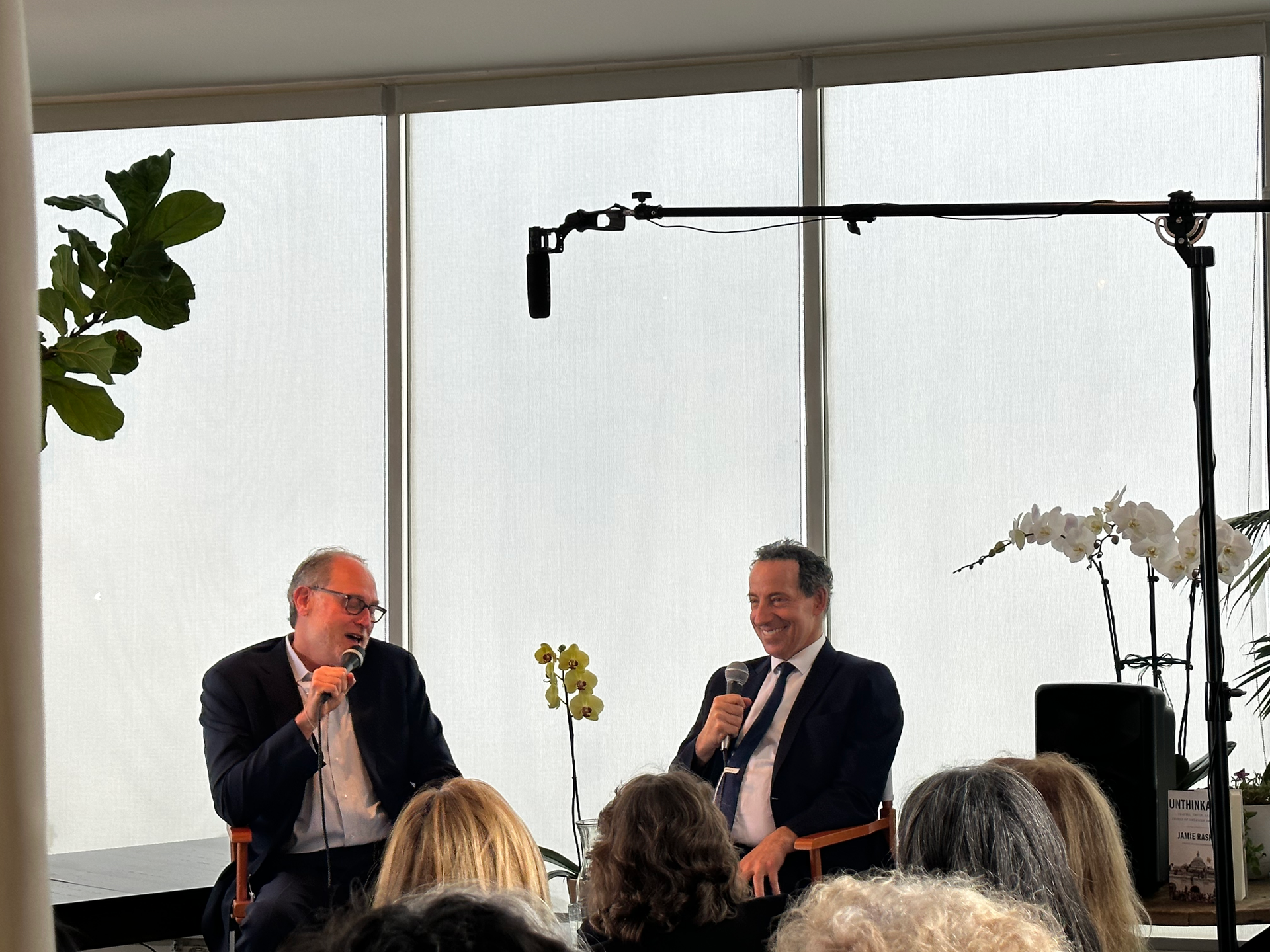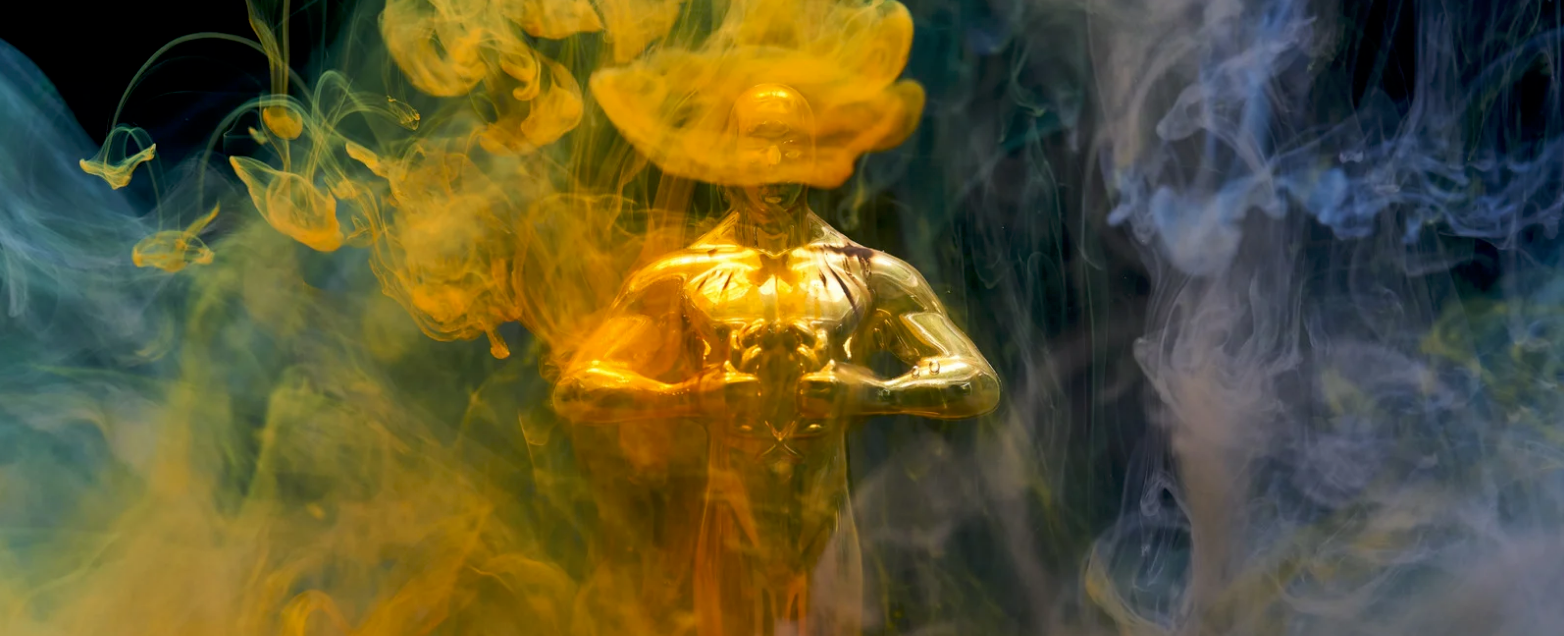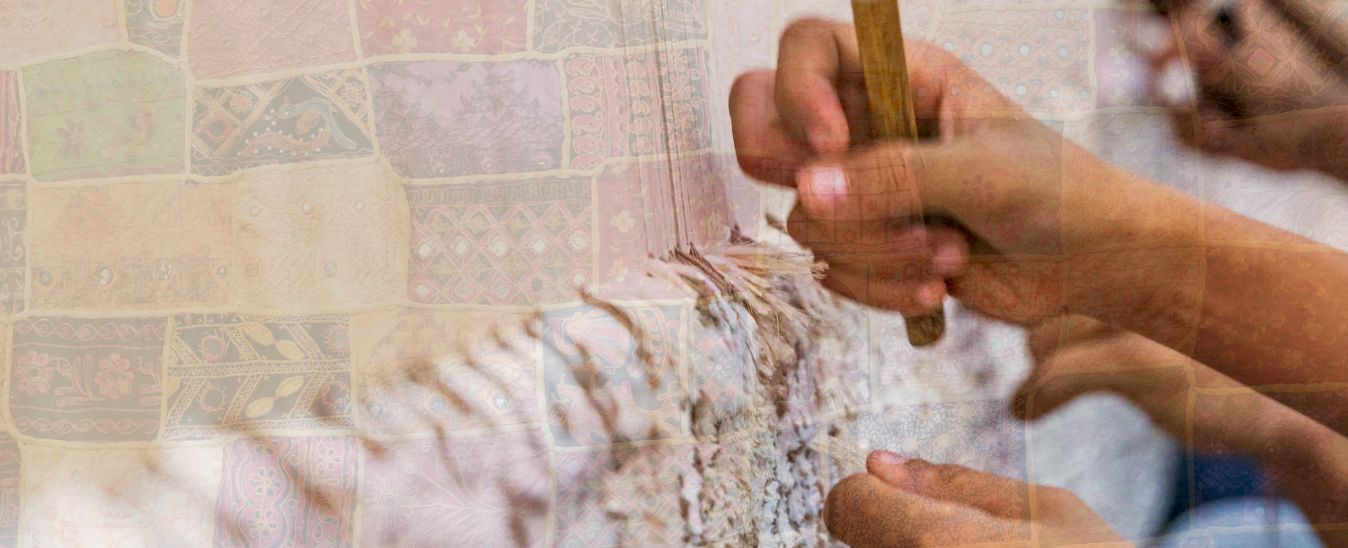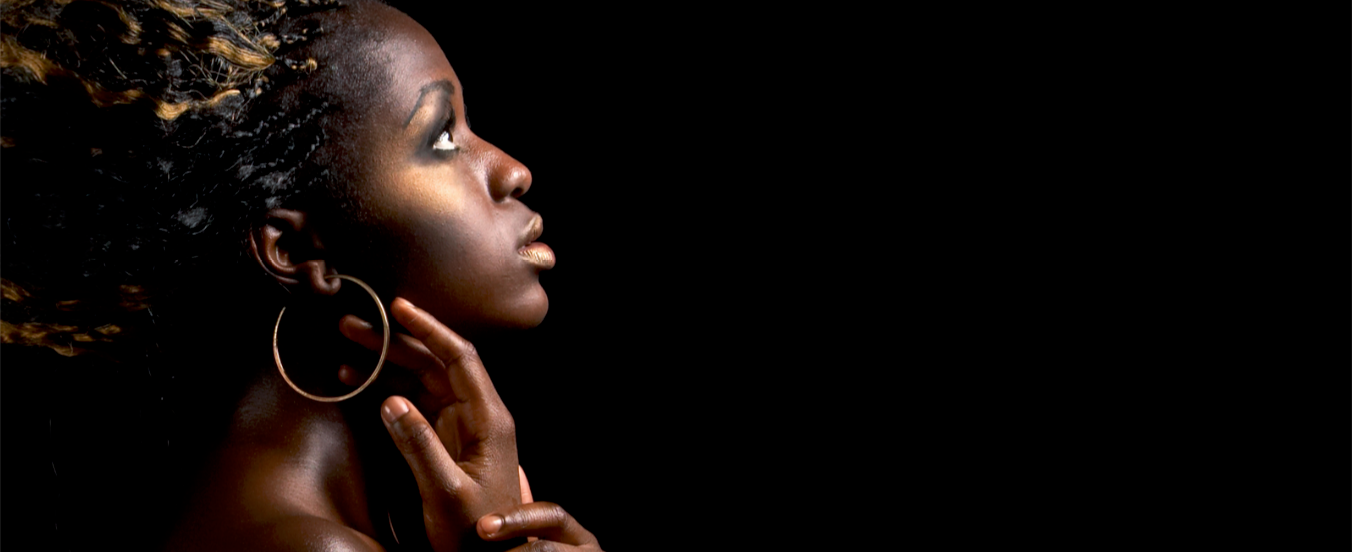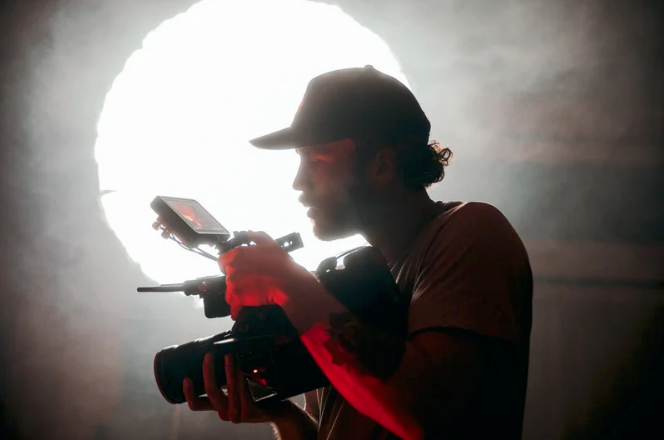NEWSLETTER FEATURES
Our Creative Visions Newsletter features standout members of our Creative Activist Network, including filmmakers, musicians, podcast hosts, visual artists, and others dedicated to harnessing the power of humanitarian impact.
CONVERSATIONS WITH CREATIVE ACTIVISTS
July Spotlight • John Heffernan
Co-founder of the Foundation for Systemic Change and Executive Producer of American Agitators
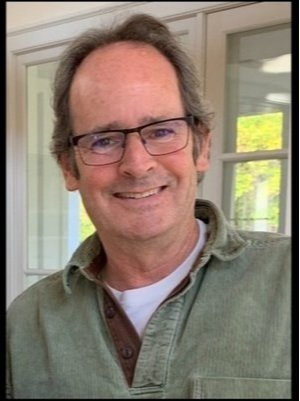
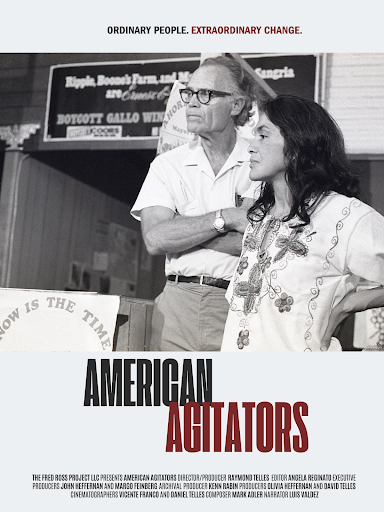
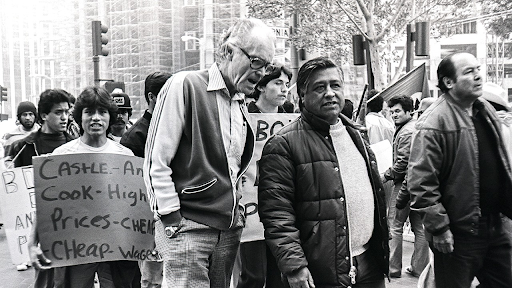
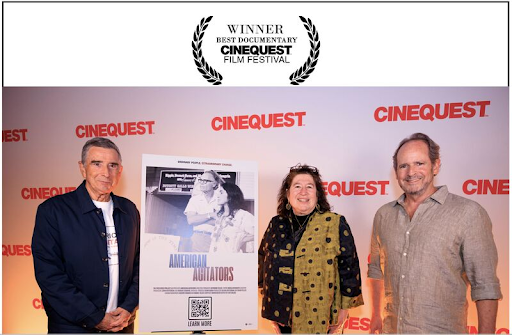
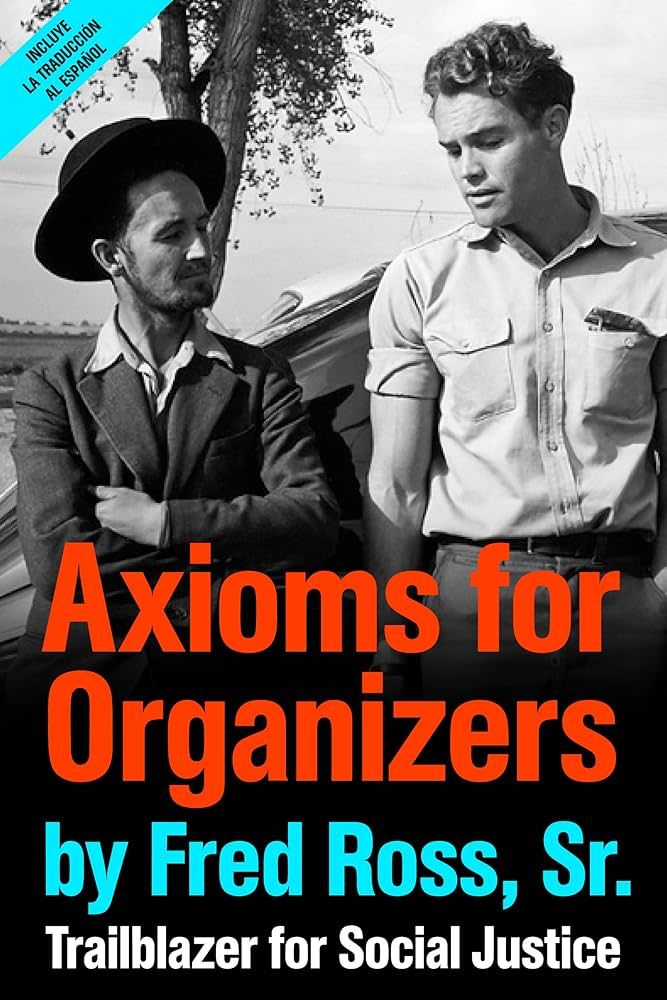
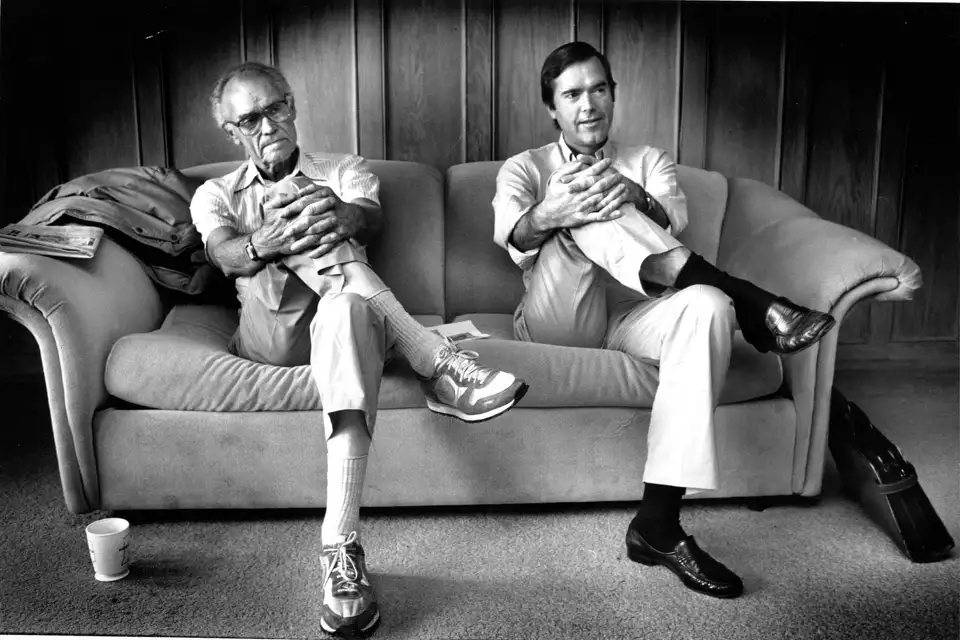
Given your extensive work in human rights and social justice, what inspired you to shift your focus to co-founding the Foundation for Systemic Change and to executive produce "American Agitators," a film that delves into the legacy of Fred Ross Sr.?
For decades, I investigated, reported, and advocated on behalf of some of the most marginalized people on earth: refugees from Ethiopia, internally displaced persons from Sudan, Bosnian war victims, people with disabilities, trafficking victims, and Afghans whose entire country is littered with mass graves. Yet mass graves were still being dug, war crimes were still being committed, and civilians were still being cast from their homes. Seemingly, little changes.
I had seen robust and heroic responses seeking to mitigate agonizing human hardships that are well-intended and carried out by committed, thoughtful humanitarians. Yet, looking back after more than three decades, sadly, these responses rarely tackled the root causes in a comprehensive way through structural, long-term, sustained, and systemic change. I couldn't help but think that part of the problem was that much of this work has focused solely on providing a quick fix rather than a sustainable solution.
I thought the best way to confront this issue head-on was to create a foundation aimed at supporting projects that address ongoing economic, political, social, racial, ethnic, and environmental inequities with a systemic approach as part of the solution: documentaries, podcasts, articles, essays, theater, music, books, and strategic gatherings that focus on long-term, structural change.
This requires a paradigm shift among the donor community - individuals, foundations, governments, and international funding institutions. We must develop strategies that don’t simply reward short-term solutions, even if they provide momentary victories. Instead, the philanthropic community must adopt an approach that gives credence to the theory that lasting and positive change must include a systemic approach — one that employs good, old-fashioned grassroots outreach that listens to constituencies impacted by multi-faceted, intractable challenges and secures buy-in every step along the way.
Thirty-five years ago, I met Fred Ross, Jr., and his dad, Fred Ross, Sr., who altered the trajectory of my life. They mentored generations of organizers on the idea that winning systemic change requires developing grassroots leaders and strategies to build enough power to prevail. Fred Ross, Sr., brought Mexican-Americans and African Americans together to battle segregation in schools by building their voting power and holding elected officials accountable. In Orange County, CA, he organized with parents to fight rampant segregation in the local schools. He successfully integrated local school boards across the Citrus Belt through voter registration drives and civic engagement. Perhaps the most dramatic outcome of his early work occurred when Mexican-American parents sued the Orange County school districts and prevailed in the Mendez vs Westminster case, laying the foundation for the Supreme Court’s decision in Brown vs Board of Education.
We don’t have to look decades into the past to see that grassroots organizing can still be one of the most effective tools for addressing systemic problems. There has never been a time when foundational organizing principles were more needed than now. This is what drives our mission at the Foundation for Systemic Change. So when Fred Ross, Jr., asked me if I wanted to help make a documentary about his dad, it was a no-brainer. I saw it as a way to use the story and lessons of Fred Ross, Sr. and Jr., as a guide for successful organizing. It is through their story that we hope to mobilize and organize people to tackle ongoing economic, political, social, racial, ethnic, and environmental inequities with a systemic approach that can lead to the long-term positive change we all seek.
Fred Ross Sr. is often described as a "behind-the-scenes" agitator, influencing figures like Cesar Chavez and Dolores Huerta. Why is it essential for the public to understand the role of such "agitators" in movements for social justice, and how does "American Agitators" illuminate this?
As we witness disinformation, xenophobia, homophobia, voter suppression, rejection of election results, and attacks on reproductive health, LGBTQ rights, the planet, people of color, and women, we need compassionate and moral leaders to demonstrate the power of service, justice, and equality. We need trained organizers to show how collective action can combat injustice and inequality.
American Agitators demonstrates the value of grassroots organizing in creating long-term change by capturing the remarkable story of Fred Ross, Sr., his son Fred Ross, Jr., and other iconic organizers such as Dolores Huerta and Cesar Chavez.. For over 50 years, Ross led a groundbreaking organizing approach that improved the lives of thousands and reverberates in organizing strategies today. Through rare archival film, photographs, first-person interviews, and case examples, award-winning director Ray Telles and his remarkable team illustrate Ross’s impact.
The film emphasizes the power of collective action. In an age of increasing individualism and digital activism, how can we foster the sustained, community-driven collective action that Fred Ross Sr. championed? What role does storytelling, like "American Agitators," play?
I think the best way to show the value of grassroots organizing is by telling success stories. Fred Sr. successfully built collective counterpower against the backdrop of Nazism, Fascism, McCarthyism, white supremacy, and xenophobia. The documentary demonstrates the efficacy of member-led movements built through patience and listening. Ultimately, we made American Agitators to illustrate how collective action can create long-term, positive change, especially at a critical moment in American history.
What do you hope audiences, particularly young audiences, take away most strongly from "American Agitators"? What action do you hope they are inspired to take after watching the film?
I hope people will be inspired to organize for positive, long-term change. For me, the viewer needs to come away thinking that they, too, can organize and that one does not have to be Dolores Huerta, Cesar Chavez, or Fred Ross to organize. Anyone can organize. And, they realize that there are basic organizing principles to adhere to, whether organizing for economic or environmental justice, or organizing for a stop sign at the end of the street. Fred wrote about these organizing principles in a little book called
Axioms for Organizing.
Your career and the Foundation for Systemic Change work, especially with projects like 'American Agitators,' are clearly driven by a vision for 'a more peaceful, healthy, and just world.' As you look to the future, what gives you the hope that we can move beyond 'quick fixes' and truly build a world shaped by systemic, lasting positive change?
What gives me hope is knowing that there are many young and not-so-young organizers out there committed to long-term change. In Atlanta, Fight For 15 organizers demand an increased minimum wage and the unionization of workers across the Southern states. In Las Vegas, hotel workers organize for fair wages and to get out the vote. In Oakland, teachers, families, and community members forge a fair contract with the Oakland school district. And in Kern County, where air quality is the worst in the country, farmworkers trained by Ross organize for climate justice.
What gives me hope is the response to the film. At its March premiere at the Cinequest Film Festival, nearly 1,000 people packed the theater, and the audience's standing ovation showed me that people are hungry for a story of hope. Legendary organizer Dolores Huerta said, "Bringing Fred's life to the screen is the medicine our society needs right now. He empowered people to be engaged in the democratic process."
May Spotlight • Sara Sherman
Author of Resonant Minds and Founder of Mozart for Munchkins

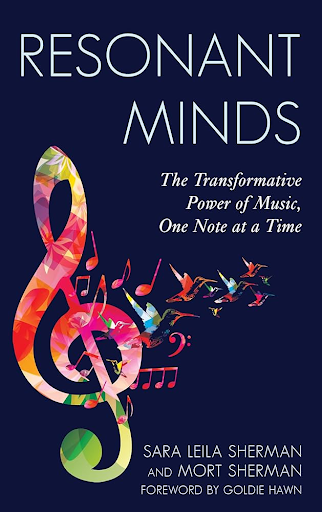
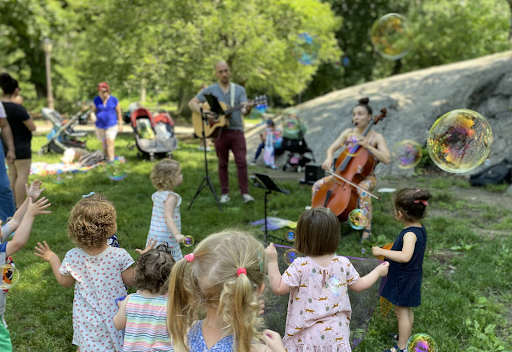
What first sparked your interest in the relationship between music and mental health?
I’ve always felt that music has this incredible ability to meet us where we are emotionally—and also gently move us somewhere else. I began to notice, personally and in my work, how music could shift mood, regulate breath, and bring people of all ages back into their bodies. That was the spark: not just listening to music for enjoyment, but using it as a tool for emotional grounding and nervous system reboot. Music is quickly accessible, and it works. Music became my go-to way to soothe, energize, and reconnect—and I wanted to help others use it that way, too.
What inspired you to write Resonant Minds?
Resonant Minds grew out of years of work in classrooms, concerts, and family music spaces, where I saw how music could shift the energy of a room in seconds. Founding Mozart for Munchkins and seeing this work reach over 100,000 children and families showed me just how universal these tools could be. Co-writing the book with my father—a lifelong educator—allowed us to bridge generations, perspectives, and lived experience.
The book is part science, part story, and part invitation: to use music in small, repeatable ways to help us regulate, connect, and find joy. Resonant Minds is for anyone—parents, teachers, caregivers, or curious minds—looking for everyday, meaningful tools to feel a little more grounded in a busy world.
Why do you think a book like Resonant Minds is more important now than ever?
We’re living in a time of constant stimulation, where both kids and adults are overwhelmed by inputs—noise, screens, schedules. But music cuts through that in a way nothing else does. It’s fast, it’s felt, and it works. We need tools that are accessible and joyful—not just for when we’re in crisis, but for the everyday moments when we want to come back to ourselves and our communities. That’s what Resonant Minds is about.
Why was it important to include QR codes to music throughout the book?
Music is meant to be heard, not just talked about. We didn’t want Resonant Minds to be a book you simply read—we wanted a book you feel. The QR codes allow readers to drop right into the music in real time, whether it’s a song for focus, a transition tune, or a moment of joy.
Each musical link is part of a larger experience. On our website, we’ve included additional playlists and resources that continue to grow—a companion space where families, educators, and individuals can return for inspiration and connection. Our goal is to build a living, breathing Resonant Minds community—one where music becomes a shared language for regulation, grounding, and joy.
What do you hope readers take away from Resonant Minds?
I hope readers walk away with a musical toolbox—an understanding that music isn’t just for performers or background playlists, but something we can actively use to shape how we feel, connect with our kids, and bring more ease into our everyday routines.
It doesn’t have to be big. Even 30 seconds of music can shift the emotional tone of a moment.
Our brains respond to music before we even form a conscious thought. That means we have the power to intentionally shape our mood, our breath, and our presence—with just one simple song.
What music do you listen to that helps your mental health (or helps you to calm and focus)?
For grounding, I always return to Bach’s Cello Suite in G Major—his music feels like breath. I’ve used this piece so often for that purpose that my brain now anticipates and responds to it almost instantly, activating the reward system and releasing dopamine the moment I play it. (There’s some fascinating science behind that, which we explore in the book!)
When I need to focus, I turn to soft instrumental or ambient tracks that help me settle in and stay present. This kind of music can calm the nervous system—slowing the heart rate, easing breath, and helping the body feel safe enough to focus.
But for joy and release? I crank up anything with a strong beat and lyrics I can sing loudly to. My daughter and I love belting out “Shut Up and Dance with Me” and shaking it all off to Taylor Swift in stressful moments. That kind of shared joy doesn’t fix everything, but it shifts the mood, lifts the weight, and reminds us we're in it together.
November Spotlight • Danny Joe
Host of "Danny Joe's Tree House," Educator, Entertainer, and Creative Activist

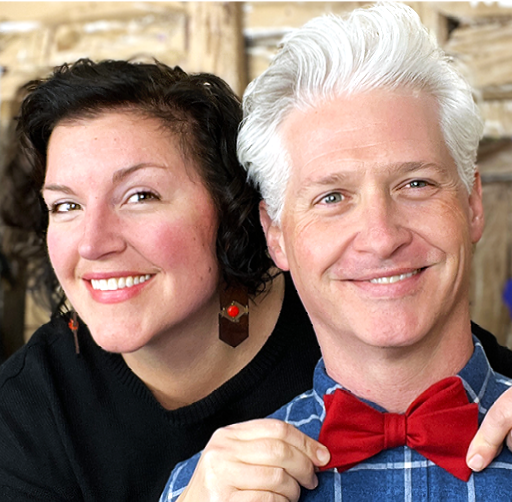
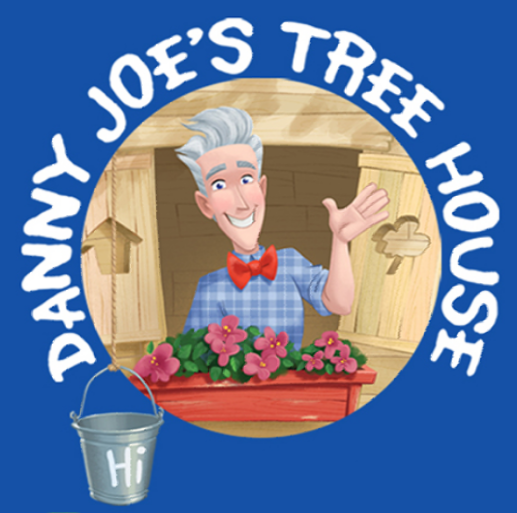


How has your background (professional, creative, etc.) shaped the idea behind "Danny Joe's Tree House" and propelled the series forward?
Play has always been at the root of everything that I do, as a student of the visual arts and dance and then later, as a student of early childhood development. When I was a kid, there were live-action, adult leads, and trustworthy guides on TV helping me to process complex experiences in my own childhood, like my mother's battle with cancer. They gave affirmation, reassurance, and empowerment. When I became a teacher, I started looking at the types of shows offered to my preschool students. I saw a lot of cartoons and characters, but I didn’t see real teachers communicating like those I grew up with or using the type of play I used as an early childhood professional. So, I wanted to address that lack of real human interaction and create a series that speaks to this social moment.
I love puppets because kids naturally project their own experiences onto a puppet. The first puppet I used in the classroom was my childhood teddy bear. I would say, “How do you think Teddy’s feeling today?” And very naturally, kids would project their own thoughts, ideas, feelings, and experiences onto Teddy. By listening very carefully, I got an idea of what they were experiencing at home and within the larger world. With those observations, as their teacher, I could then help them process. The puppets were like a vessel. They were a safe way to talk about complex things without overwhelming the child.
I’ve always wanted to be a kid show host since I was little. I used to play in cardboard boxes pretending they were TVs. And I would play with my stuffed animals, and I would act like the hosts that I looked up to the most at the time, like Fred Rogers, LeVar Burton, and Bob Keeshan, also known as Captain Kangaroo. As an adult and artist, I found that the medium was a great way to combine all the things that I was good at, such as visual arts, dancing, performing, acting, puppetry, and teaching.
What has been your greatest accomplishment and challenge throughout the course of making and distributing the series?
I’ve had the honor of working with a childhood hero. While I was researching to create the show, I wrote to a lot of the pioneers of kids’ television, one being David Newell, who played Mr. McFeely on Mister Rogers’ Neighborhood. We built a wonderful connection over time, and he ultimately ended up appearing in our very first episode of "Danny Joe’s Tree House," delivering the materials to make our tin can phone–a prop that would allow us, on the show, to communicate through the screen with guests. That was very meaningful to us. David is still a mentor to this day, and he’s always been really supportive. His stories about what it was like when Mister Rogers’ Neighborhood was brand new and facing the struggles of its time in the 60’s have been so inspiring and heartening to us. So, that was a huge moment of personal accomplishment.
But even more than that, it’s in all of the letters that we get from families, talking about how we’ve directly impacted their lives through the show. Those deeply personal messages of how our work is helping them and their children engage with and work through some of the most emotionally difficult or complex times of their lives–that is so much more meaningful than chasing the statistics and seeing the numbers as they grow on YouTube and YouTube Kids and SensicalTV. The accomplishment is in these things that you can’t measure. These are real human stories that are the result of genuine impact by a show that demonstrates again and again that we truly see and hear families and are working with them to process really complex social-emotional experiences.
It is incredibly challenging to be told again and again by the traditional (and new) gatekeepers of children’s media that the worth and value of our show must be measured by the size of our audience. The industry measures a show as a worthwhile investment by the numbers because higher numbers mean more people to sell stuff to. That can be really demoralizing when we are committed to building a direct relationship with our audience, no matter the size, because we want to serve them, not sell to them. And it’s very challenging trying to find ways to sustain that work without compromising our values.
Why is SEL-focused content so important, especially now?
In the world of children’s media, especially in the US, people get really hung up on the idea of academic success. But if a child is overwhelmed by trying to process complex social issues, they are not going to be able to focus on academic learning. There are issues that many adults don’t associate with early childhood, but that have a real impact on so many very young children, like gun violence, hunger, discrimination, and biases. Having a strong social-emotional foundation can empower a child to process their experiences, big and small, and manage and respond to them in healthy ways that don’t hurt themselves and don’t hurt others. And with that strong social-emotional foundation in place, they can then more easily acquire the other skills they need to be successful in the world.
What role do you think creative activism plays (or ought to play) in the lives and development of the children and families you engage with through "Danny Joe's Tree House?"
I work to get children and adults engaged in the process of active critical thinking and deep empathy. This allows us to learn how to channel the expression of our complex emotions, even things like anger, frustration, and hate, into healthy outlets through the language of play– outlets in the arts like painting, dance, writing, and expression. If you’re an adult and are truly listening and watching a young child at play; the young child is telling us exactly how they’re feeling, what their first and secondary experiences are, and how they’re experiencing the larger social world. Building with blocks, smearing paint, or doing dramatic play on the playground by swinging a stick around, they’re telling us what they’ve seen and experienced, and it’s a very raw, in-the-moment expression of art. I often compare it to lucid dreaming. If you closely watch a child deep at play, it is like watching someone processing their subconscious in a dream. And if we watch carefully as caregivers, we can interpret that dream, help guide that child, and allow them to continue to express themselves in creative and healthy ways.
September Spotlight • Sophie Shrand
Host of "Science With Sophie," Educator, Actor, Comedian, and Creative Activist
What inspired you to create Science With Sophie?
I’ve loved science since I was very little, but the science communicators on TV while I was growing up were all men. I loved them, they’re great, but the only woman doing science on television was Ms. Frizzle, and she is a cartoon! I earned two degrees - one in Behavioral Neuroscience and one in Theatre - and as I advanced in both my careers, it was glaringly obvious that women are seriously underrepresented, well, everywhere, and particularly in STEM fields. Young girls today still do not have a real-life female STEM role model at the same scale as Bill Nye. I decided to be the change I wanted to see in the world.
What challenges have you faced, and do you still encounter as you embark on another season of the show?
Every season it seems we outdo ourselves, both on purpose and by circumstance. Last time– "Season QuaranThree" – we decided to produce a full season during the COVID lockdown. Our entire crew was separated by miles and quarantines, so we had to do it entirely remotely, using video chat and whatever we had in our New York apartment. But limitation breeds creativity, and we won a Telly Award for our efforts! This year, we’re no longer locked down, so we’re taking the whole show on the road! Now instead of polished scripts and a two-week film schedule, we’re traveling across the entire country, round trip, and documenting it over two months. We know a lot of things. And we know that we don’t know some things. But what we don’t know, we don’t know. That can be scary. But it makes great television.
Also, money. We always need more money. Do you have any money?
What advice would you give to new changemakers at the early stages of their careers and involvement in creative activism?
Do not wait for permission. Take the first step, create your own opportunities. There will be plenty of challenges and some tough days, but only you can make your dream a reality. So go do it on your own terms.
Tell us a bit about this amazing road trip! What are you doing? How do we follow along?
We are driving an all-electric vehicle from our new home in Los Angeles all the way to our old home in Massachusetts and back. I’m asking two very important questions: Can it be done? And can it be FUN? We’re about 98% sure about the first question, but the second one is a bit more interesting and one that many families also wonder about. Along the way, we will talk about the science behind EV technology and the challenges of the current charging infrastructure and meet people who are working hard today to build a better, brighter tomorrow. We will document the entire journey for a full season of new episodes, but we’ll also conduct live interviews and present opportunities for families to participate from home - from adding songs to our road trip playlist and telling us about their hometowns to giving us Fermi Questions to answer in real-time during a six-hour driving day. Go to www.sciencewithsophie.com to learn more, and follow us on the social platforms of your choice @sciencewithsophie. Like! Subscribe! Donate! Participate! We can’t wait to hear from you!


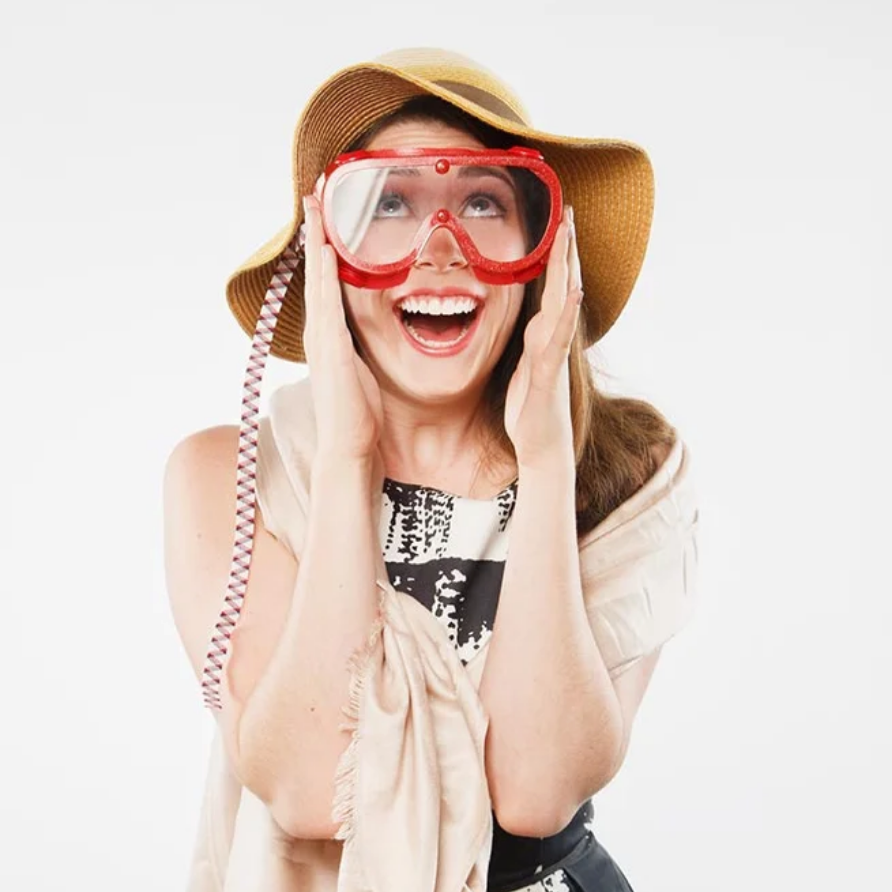
September Spotlight • Andrew Morgan
Documentary Filmmaker and Creative Activist

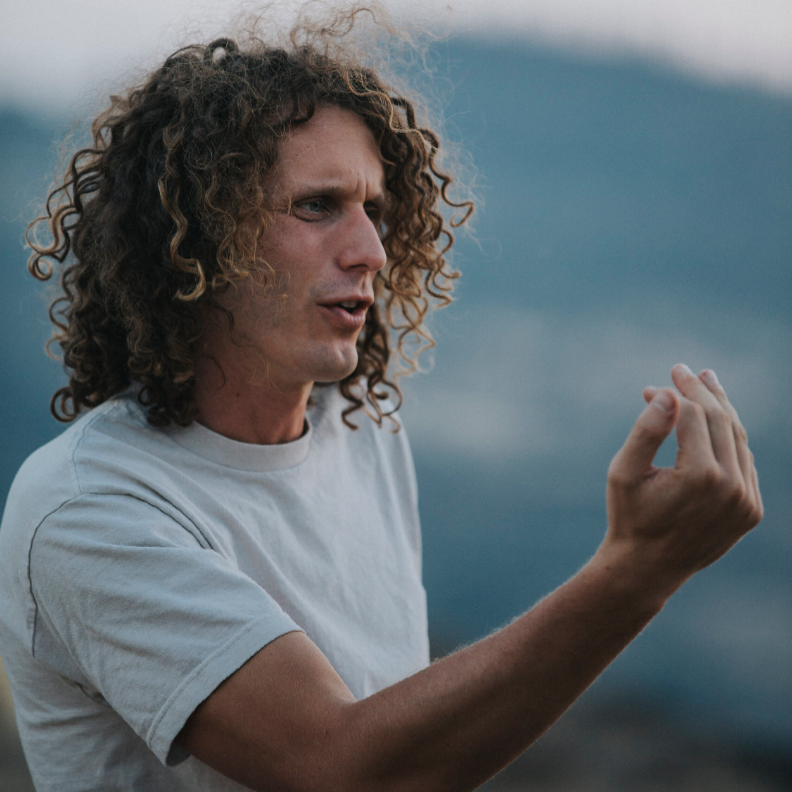
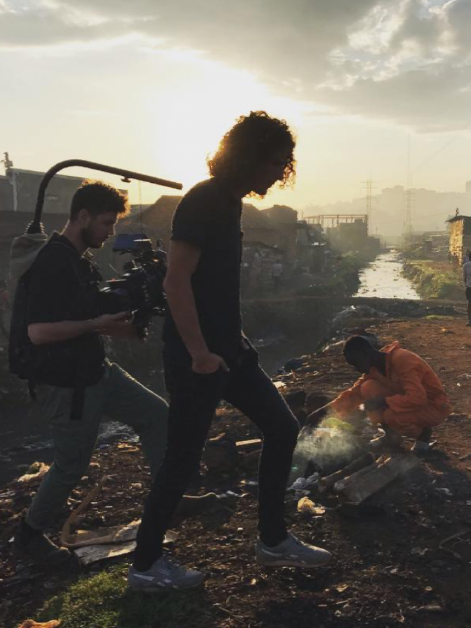
What did you hope viewers would take away from the stories and insights from Untold America?
We made that just after Trump was elected back in 2016. For me, it was about trying to see the humanity in people who might have voted differently. It wasn’t an attempt to lessen the very real differences but rather to say we cannot give up on the idea that democracy requires us to navigate through our differences without seeing each other as the enemy. I think, in many ways, we are still asking those questions right now, and as we can increasingly curate our lives to only hear from people who think like us, it’s imperative that we engage in real conversations with diverse perspectives. Those conversations have taught me so much over the years, and we need that kind of empathy right now more than ever.
What inspired you to produce/create Texas USA?
Like many of us, I’m thinking a lot these days about the story of America and the next chapter we are in the midst of writing right now. A good friend invited me down to meet with some of the people who went on to become characters in the film, and I was so inspired by them as people and the work they are doing around voting rights, reproductive rights, trans rights, and all the unfinished work before us right now not just as a state but as a nation who is being forced to ask ourselves what kind of country we will be moving forward.
Barbara Jordan, the first African American elected to the Texas Senate after Reconstruction, once said that this work is about closing the gap between the promise and reality of America, and the film is an exploration of that idea. What does it take to build a new, hopeful vision for democracy against enormous odds? It’s an underdog story, told through the lives of candidates and organizers during the 2022 election who tell an unexpected story of persistence, community, and progress in an unlikely place. It was a life-changing story to tell, and I’m so excited now for people to see it soon!
What challenges did you face in producing the film?
This was a really challenging one, but like all of them, the struggle is what makes it so beautiful in the end. From a creative standpoint, it was really important to me that the film be made up of multiple voices. A lot of political films follow one politician or one campaign, and the result is a kind of hero perspective instead of showing a growing, grassroots movement powered by real everyday people. The challenges were in how to film and follow all the different characters that make up the film across different parts of the state. We had multiple teams working together that we could also split up around big moments. We worked with an incredible Texas-based crew that made the film what it is, and I’m so grateful to every one of them who worked so, so hard to get it done.
The US is at a pivotal moment to protect and strengthen our democracy. Are you hopeful that our country will be able to overcome the challenges to democracy that it faces?
You’re right this moment really does feel like a fork in the road. I am hopeful, and I have to say that making this film really did challenge and change my perspective on the ways in which history really is shaped by everyday people who choose to lean in rather than look away from what we are facing. Progress is not inevitable, it takes work, and the beautiful opportunity before us all right now is there is so much work that needs to be done.
How can storytelling and creative activism be used to promote democracy?
There is so much opportunity here. But we have to tell better stories that invite young people to see themselves as a part of something beautiful that is still unfinished. On the left, we focus a lot on what we are against, and I think people are interested in seeing a vision of what we are actually fighting for. What kind of country do we want to see and leave behind? For me, that kind of positive vision has the power to inspire real hope-filled action.
August Spotlight • Brigette Allen
Author, Businesswoman, Environmentalist and Creative Activist
Brigette Allen is the creator of The Circle Tales, an educational series fiscally sponsored by Creative Visions. Comprised of illustrated books and instructional videos, The Circle Tales is designed to sharply engage the innovative minds of our youth to discover solutions to issues like climate change and waste.
Allen was inspired to launch the enterprise after witnessing her young niece Margeaux dive into activism during an unwanted encounter with environmental pollution. The Circle Tales uses child-like imagination to empower the most vulnerable generation against ecological disasters while reinvigorating a stalled approach to rescuing the planet.
Though more than 30 publishers initially rejected Allen's pitch for the first installment of The Circle Tales series, the book C Train was saved by crowdfunding support and released on June 8th. Learn more and check out C Train on Amazon.
Creative Visions recently caught up with Brigette following the Summer release of C Train...
What are you trying to accomplish through your educational series, The Circle Tales, creatively and in the scheme of environmental justice?
The Circle Tales is a series of illustrated picture books, activities, and videos that encourage kids to develop inventive solutions to our most pressing environmental issues. The series demonstrates how we can learn from nature while challenging our waste concepts and encouraging the continual use of resources. The aim is to provide hope and inspire wonder, encouraging our children to be part of the solution to protect our planet and fight climate change and waste. Hope, curiosity, and creativity come naturally to children.
In the scheme of environmental justice, The Circle Tales believes in the power of representation in children's literature. Young readers need to see characters that mirror their own diverse identities. That's why we made a conscious effort in our debut book C Train to craft the main character Maya as an Afro-Colombian American character. Maya's creation was heavily influenced by the incredibly talented illustrator Angela Atuesta. As an Afro-Colombian artist, Angela focused on infusing her rich cultural heritage into Maya's character. We also wanted to inject my Colombian-American heritage as well. Maya eventually becomes an ocean engineer and is the book's hero.
What challenges did you set out to overcome through your creativity and advocacy? How did these challenges evolve and impact the trajectory of your overall mission?
Climate change has become a bedtime story, but far too often is a scary one. Optimism and creativity come naturally to children. Our goal is to channel that positive energy and "divergent" thinking toward innovative solutions rather than weighing kids down with worry or fear. A study conducted by NASA testing a person's creative potential to understand one's ability to become a rocket scientist revealed that as we age, our ability to think divergently declines sharply. Divergent thinking is a thought process that explores many possible solutions to a problem or challenge. For example, coming up with twenty different ways to use a paper clip is a way to practice divergent thinking. NASA's study revealed that our minds are primed for this type of creative solution thinking between the ages of 5 and 10. However, as we grow older, we are taught to be convergent thinkers, deriving the single-best solution, and begin to lose our ability to think of more than one way to use a paperclip. The truth is that now more than ever, kids will need to be creative and divergent thinkers to thrive and solve the big environmental problems they will inherit.
Each story in The Circle Tales series posits divergent thinking by way of solutions to environmental issues for both kids and adults to consider. While they may not always be the perfect solution to solve climate change completely, the books encourage kids to think creatively and question if they can come up with other solutions. These tales are based on real-life, important issues that might otherwise seem too big to tackle or not relatable enough to grasp. By fictionalizing these stories, we allow children to see themselves and these familiar objects in a new light.
What role does creative activism play in youth education, sustainability, and broader areas?
Creative activism is crucial in youth education, sustainability, and broader areas by empowering young people to engage with social, environmental, and political issues in innovative and impactful ways. Art, media, music, theater, and storytelling allow young people to express themselves powerfully while connecting with their communities and peers. Creativity enables critical thinking to solve complex environmental issues. It can also play a powerful mindset shift around consumerism. Instead of constantly buying new things, creative thinkers often repurpose or reuse materials to create, for example, art installations that serve a powerful environmental message.
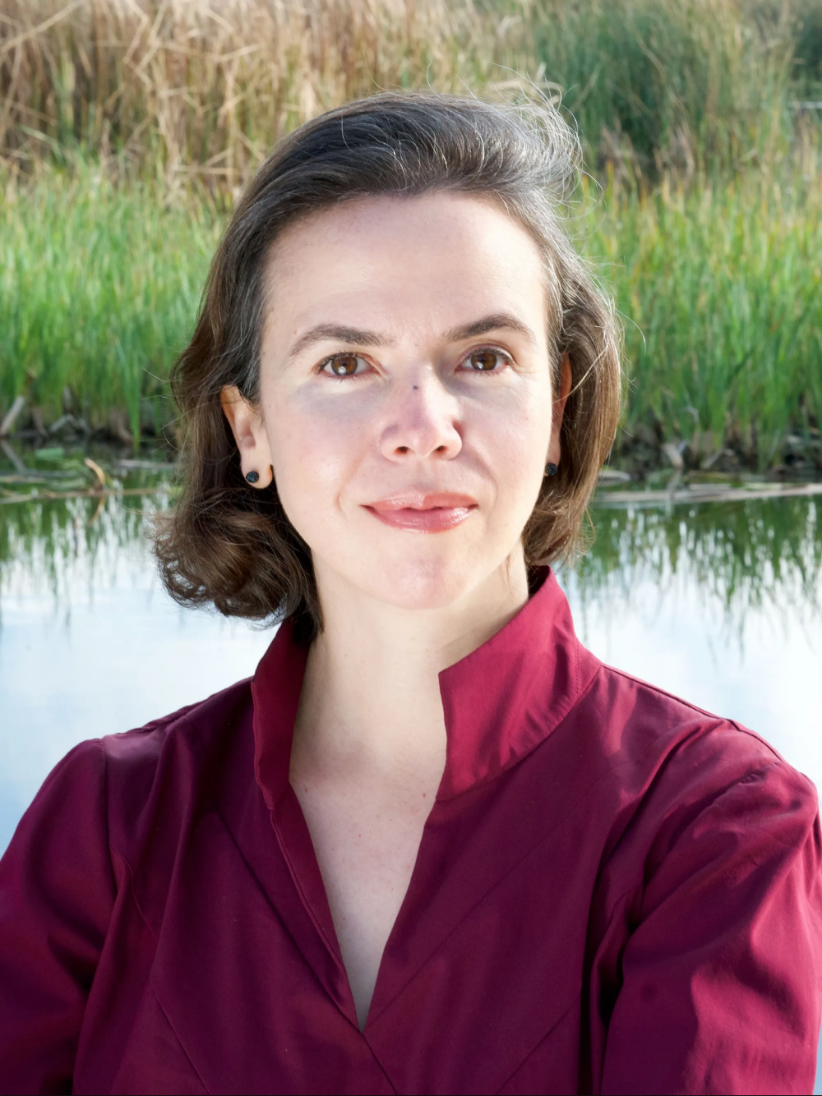

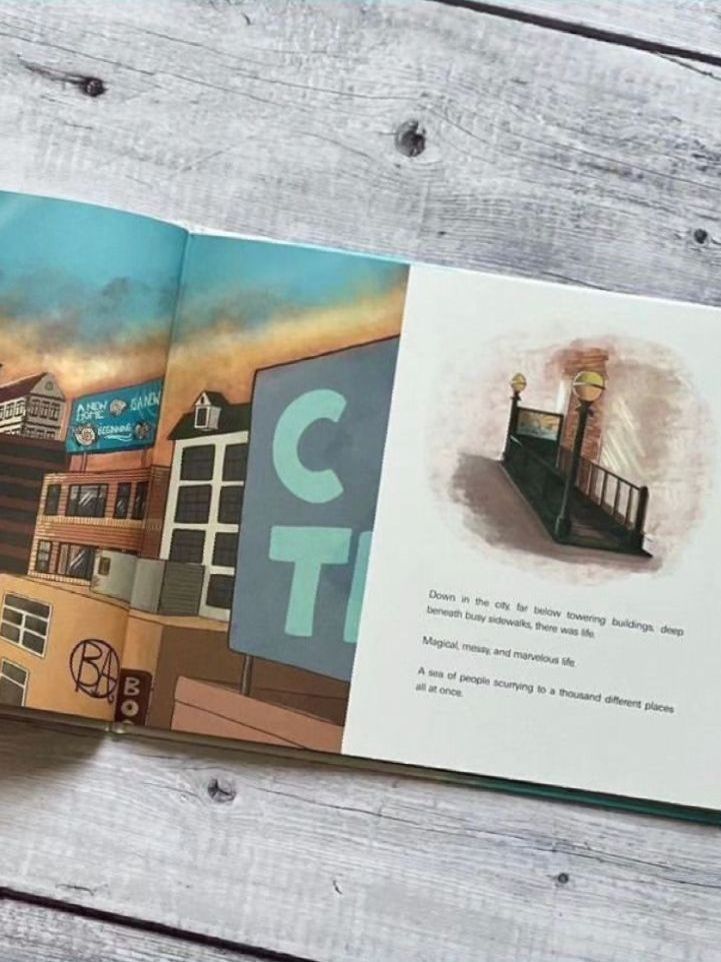
July Spotlight • Tish Lampert
Photojournalist, Writer, and Podcast Host
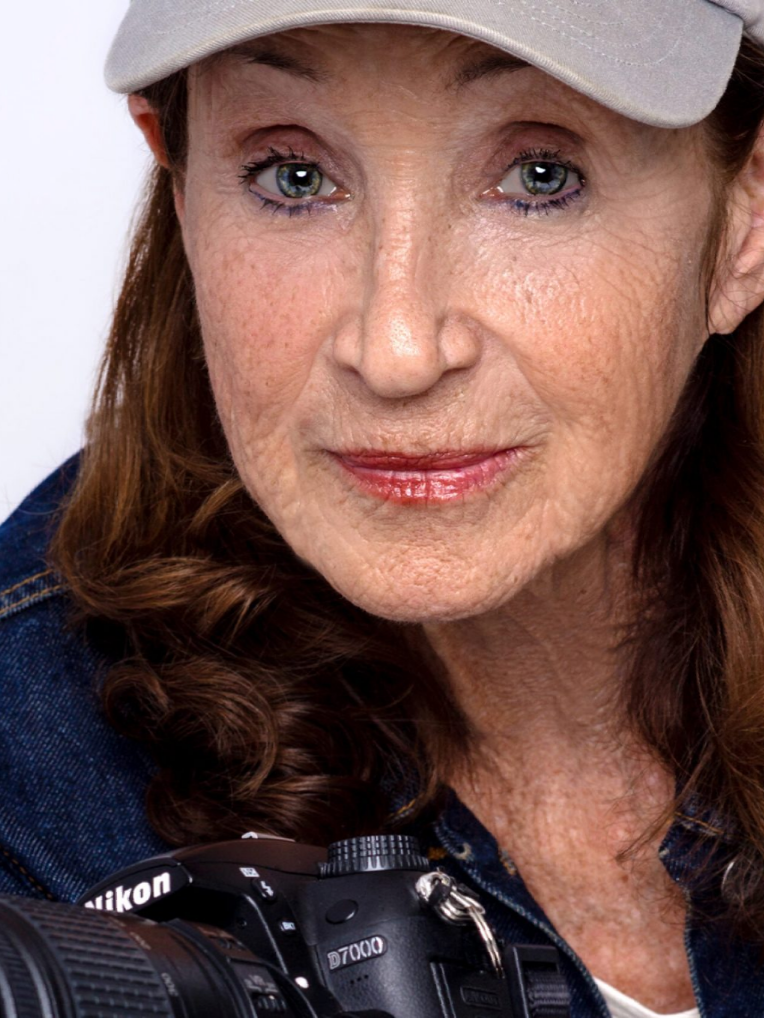
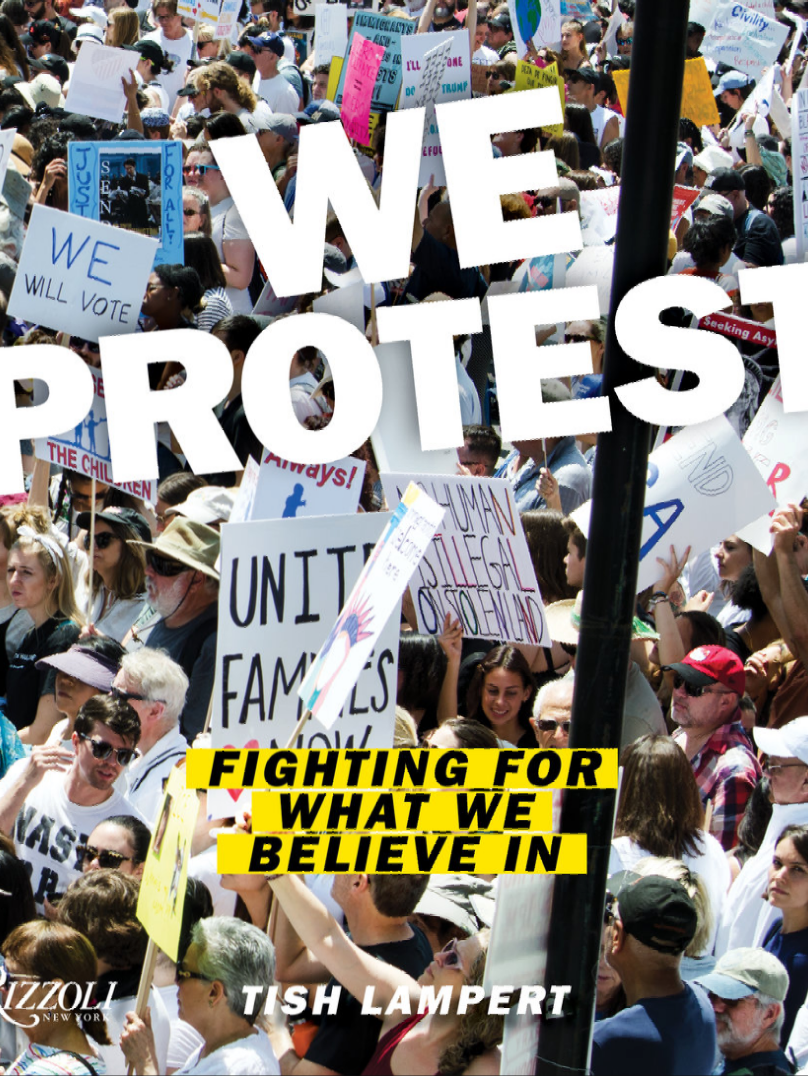
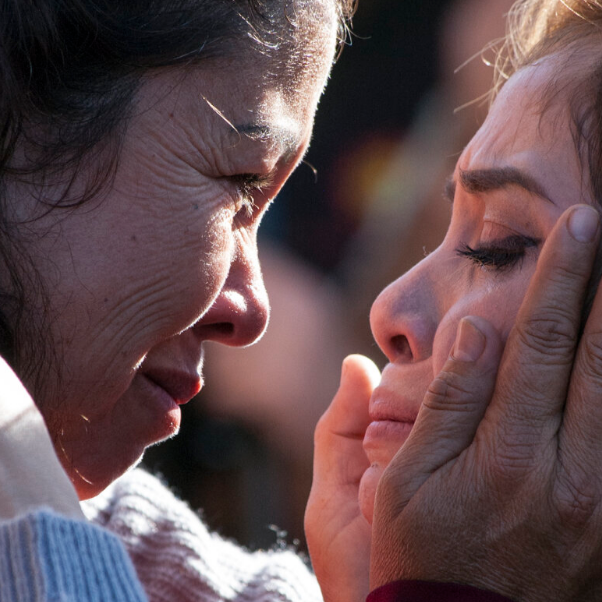
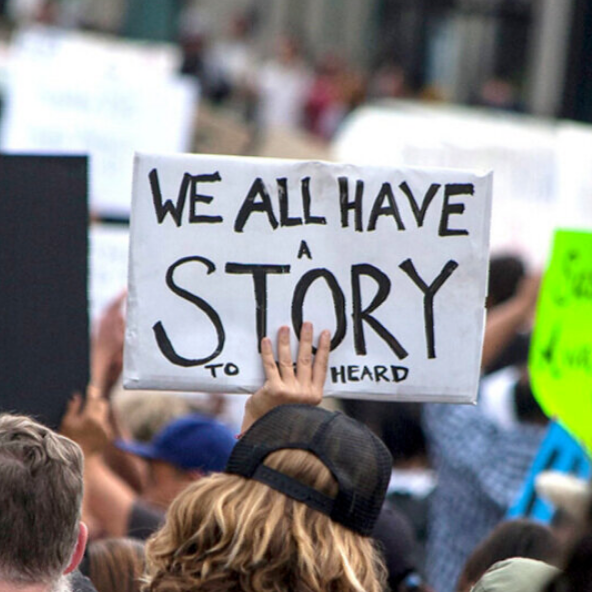
The power of Lampert's photojournalism, writings, podcast America Speaks, and book We Protest: Fighting For What We Believe In...
I have focused my lens on activism since 1967, when I first picked up my camera and marched for civil rights. My work has been informed and inspired by our shared human struggle to live in a free society, unbiased and in support of each other, defending our civil and human rights, and united in protecting our oceans and our Mother Earth for future generations. I have put my lens to the test for over 50 years, capturing the everyday heroes on the front lines of activism, as well as American icons like Harry Belafonte, John Lewis, Barack Obama, Angela Davis, Betty Friedan, Gore Vidal, Martin Sheen, Cesar Chavez, Gloria Steinem, indigenous leaders, and climate warriors, to name a few. As Granny D. (Doris Haddock) has said, "I have stood in the way of injustice" with my camera.
In 2020, Rizzoli published my book We Protest: Fighting For What We Believe In. The book examines the era from the end of Barack Obama's historic presidency in 2016 to Donald Trump's divisive election and the volatile years of his presidency that have threatened our democracy. People came out in record-breaking numbers, outspoken and persistent, to stand up to hate and the decline of our civil rights. With the winds of resistance at our backs, we linked arms and set out to defend our freedoms and each other.
For the past 23 years, I have crisscrossed America from coast to coast, embedding myself in the culture of protest. This book reminds us where we are and where we’ve been. It brings our evolving democracy into focus by framing history through the power of the printed image. My intent has been to find the individual narrative and offer visual documentation that reflects a deeper human understanding of how and why we protest. Our strength as Americans lies in the transformative power of our individual and collective voices. My camera and I continue to look for that iconic moment that will inspire our activism and make personal our individual journey to protect the America we believe in.
Lampert's weightiest challenges and the urgency of upholding democratic ideals...
The challenges I am encountering today seem to be exacerbated by the toxic political climate we are living through. I have always tried to maintain my impartiality when I document any story to provide a full view of the issue, despite my personal beliefs. This has become impossible for me today in the country we are living in. I am simply too deeply concerned for the future of women’s rights, voting rights, civil rights, and environmental protections to put aside my bias against repressive conservative policies and the ongoing retraction of the legal protections that we had come to rely on. Now I feel compelled to shine a bright light on the duplicitous political landscape that is eroding our freedoms like never before.
I have had a longtime career in documenting injustice, including in war-torn Sub-Saharan Africa and Guatemala. In reflecting on how my lens captures this history and individuates who are the heroes and the villains, it is vital to document all angles. Yet I find that, of late, I’m struggling to tell the American story without having a strong POV in support of progressive policy. In this way, my camera and I are focusing on solutions and a hope to incite robust action, to not sit on the sidelines, but to get up and out, be risk-takers to demand what is rightfully ours. For me, the role of a documentary storyteller is to have the hunger to breathe life into history, inspire the necessary questions to fight the status quo, and maybe shake things up. Having examined our American democracy for many decades now, I am more committed than ever to exposing weakness when I see it and continue to celebrate those who are not afraid to fight for what they believe in. In addition to my focus nationally, for the past ten years, I have had the rare opportunity of photographing and writing about the children who have been separated at our borders and have been confined to Mexican shelters as they wait for their asylum cases to be heard. Covering these brave young people has taught me about resilience and courage. I am nourished by what our democracy can be when I see the grave risks these families have taken to live in a free society. America must reflect the exceptional mosaic of all those who have sought liberty on our shores to amplify our notion of democracy that is inclusive. This is the thriving story I am continuing to tell today.
Staying creative and active in the future of American democracy...
As Martin Sheen has told me several times, to be an activist, "You must have skin in the game. It MUST be personal, or who the hell cares?" I could not agree with him more. Activism is not just the daily dose of social media or the feeling you have done your bit by picking up a sign. What is so compelling to me today about the writer’s strike is being witness to the daily slog of marching and picketing to speak out and express grievance. We are more silent now than I like to see, especially after Roe v. Wade has been overturned, and now Affirmative Action and the coming consequences of all the media spin and nonstop lying about everything. Activism must rise from within. We must be compelled in a way that is not casual but formidable. Find innovation in how we fight and how we inspire others. Things feel a bit rote right now. The anger is becoming static. Maybe I feel this way because I am old-school, and I know that when a million people show up, change occurs. I am a child of the sixties, and we were taught not to be passive. How we come together today and in the coming months will define many things about our democratic society. I see such inspired, ongoing activism always at Creative Visions. The flow of long-timers being infused with new blood to excite and reframe the issues constantly is a true testament to making our future and our world a better place for us all to survive!
July Spotlight • Joey Forsyte, A Band of Voters
Founder, CEO, and Cinematographer (Nonprofit Collective)
How Forsyte and A Band of Voters rally the American youth around democracy...
Across the country, 20 million students on college campuses outnumber the vote margins in many competitive races. Yet, we are not helping them build their political power.
A Band of Voters trains, supports, and shifts resources to young activists and artists to transform the culture of voting through arts-based civic celebrations on college campuses that build the new base our democracy needs to survive, ensuring young people have the right to determine their future.
The stakes of youth voter education, engagement, and mobilization...
As A Band of Voters– and as a democracy– the biggest challenge we face is that we are not investing in educating and mobilizing young voters (except for the ultra-right, who have been investing for years). As a nation, civic education is appallingly low. In a recent poll, just 25% of 8th graders had basic proficiency. In another, just 50% of all Americans could name three branches of government. How can democracy survive without new and educated voters?
If this nation can spend $16 billion on the 2022 midterms, why can’t we spend millions to educate, inspire, and mobilize young voters? The relatively few organizations like ours that work directly with campuses are woefully underfunded. It costs money to engage young people, especially the large number of students at public colleges who are often working and carrying a full load, spend hours on public transit, and struggle daily with food and housing insecurity.
In addition, we are not demanding that our public institutions pick up the responsibility to provide basic civic education and accurate voter information. In our fractured media landscape, most people don’t know where to get trusted information about elections, ballots, and candidates. Yet, colleges are the institutions that students trust most. Colleges are the most powerful social platform we are ignoring.
What we know is effective are large-scale events, with free food (50% of students are food insecure) offered in exchange for interactive arts-based civic education and voter information to give students the confidence they need to see themselves as voters. In 2018, with funds from #VoteTogether, we ran a pilot program. At UCLA, the voting rate increased from 4,500 students to 16,000. That was the power of funding student leaders and providing them with turn-key event packages that engaged students through art, music, and their own creativity.
In 2019, our student Advisory Board drafted and helped pass AB 963: The Student Civic and Voter Empowerment Act which requires 147 California institutions to implement a robust program to expand civic education and voter information. However, an appropriation of under $5 million was cut before it passed. That lack of investment has made it virtually impossible to implement it as it should be. Just 22% of 18-29-year-olds voted in 2022 in the state, just shy of the 23% nationally. In 2023-24, we are working on new legislation to fund the law and add enforcement measures.
Leveraging the arts and contemporary culture to revolutionize civic empowerment...
As Paul Robeson said, “Artists are the gatekeepers of truth. We are civilization’s radical voice."
Powerful movements have always used creative activism, from storytelling to songs to dance and the visual arts. Today, young people are more visual and often distracted than ever before. They also have remarkable BS detectors, so the authenticity of artists is more powerful than ever. Hip-hop, graffiti, and streetwear have transformed and connected young people around the world. Here in the US, we need to harness these art forms and others to engage young people to use the power they have to vote together.
To do that, we have led initiatives to fund artists to expand our “Party4OurPower” event package and offer grants to provide food and swag to incentivize students to learn enough civics and voter information to have a massive turnout in 2024. To counter the movement to stop free speech on campuses and to infuse our culture with civic empowerment, we have launched an initiative with several partners to ask President Biden to make October National Civic and Voter Education Month. Finally, we are developing plans for a new media platform to elevate the voices of young and trusted activists and develop a new generation of trusted civic messengers.
But all of this depends on whether we are ready to make a large-scale investment in our young people and the future of our democracy.

